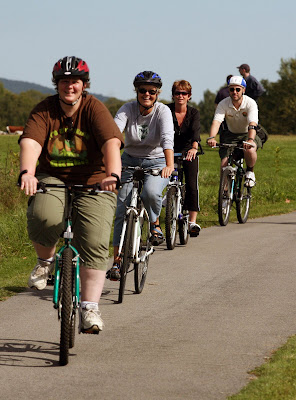British and American Armies will once again fight for control of Fort Ticonderoga during the Struggle for Liberty re-enactment, Saturday-Sunday, September 10-11, 9:30 am – 5 pm each day. Experience a court martial proceeding, thrill at cannon demonstrations, and be part of the story as visitors are immersed in a skirmish each day, following the commands of the Continental Officers leading on horseback. Visitors can purchase wares from period merchants and worship in an 18th-century Divine Service, Sunday morning at 9:30 am. The ‘Struggle for Liberty’ reenactment September 10 and 11 focuses on the fall of 1776 at Fort Ticonderoga.
Throughout the weekend, Fort Ticonderoga will be alive with re-enactor portraying the Continental Army in 1776 camped in and around the fort walls. Visitors can experience the life of the fast moving soldiers and loyalists of the British advanced guard in their camp adjacent to the beautiful King’s Garden, the site of Fort Ticonderoga’s 18th-century Garrison Garden. Visitors will be immersed along side the staff of the Continental Army as they send patrols of men to find the advancing British Army. Continental officers will discuss the American strategy in 1776, as visitors explore the immense efforts to rebuild the American Army.
Highlighted daily events for September 10 and 11include:
10 am inspection of troops
10:30 am British and American patrols deployed
11 am (Saturday only) Author, James Nelson, presents “With Fire & Sword, Bunker Hill and the Beginning of the American Revolution”
11:30 am Artillery Demonstration
12 pm British Court Martial
1:30 pm Skirmish
3 pm Northern Army Program
3:30 pm Musket Demonstration
4 pm (Saturday only) Sutler for the Army
9:30 am (Sunday only) Divine Service on the fort parade ground
11:30 am (Sunday only) Author, Williard Stearne Randall, presents “Ethan Allen, a Life”
Fort Ticonderoga’s story in 1776 is often overlooked. While 1775 featured Ethan Allen and Benedict Arnold’s capture of this Fort, and 1777 saw General Burgoyne seize Ticonderoga once more, 1776 was a major rebuilding year for the Continental Army at Fort Ticonderoga. In order to block the British advance down Lake Champlain towards Albany, the Continental Army posted as many as 15,000 soldiers at Fort Ticonderoga and Fort Independence across the lake. This was the largest American garrison of the fort during the American Revolution.
The Struggle for Liberty event is made possible by funding support from Glens Falls National Bank.
Photo: Historic Interpreter, Joel Anderson, is deployed on patrol as part of the Struggle of Liberty Re-enactment.




